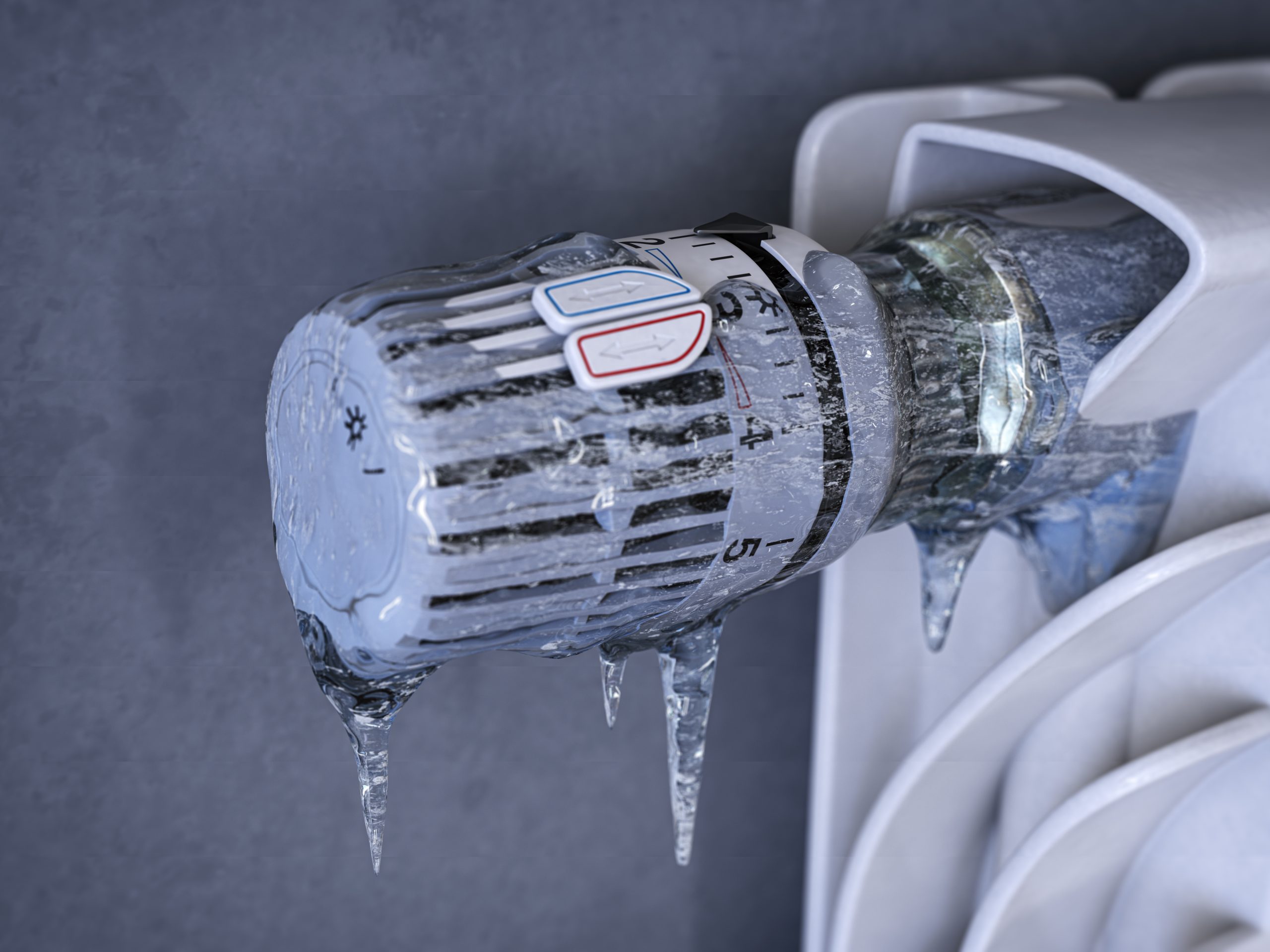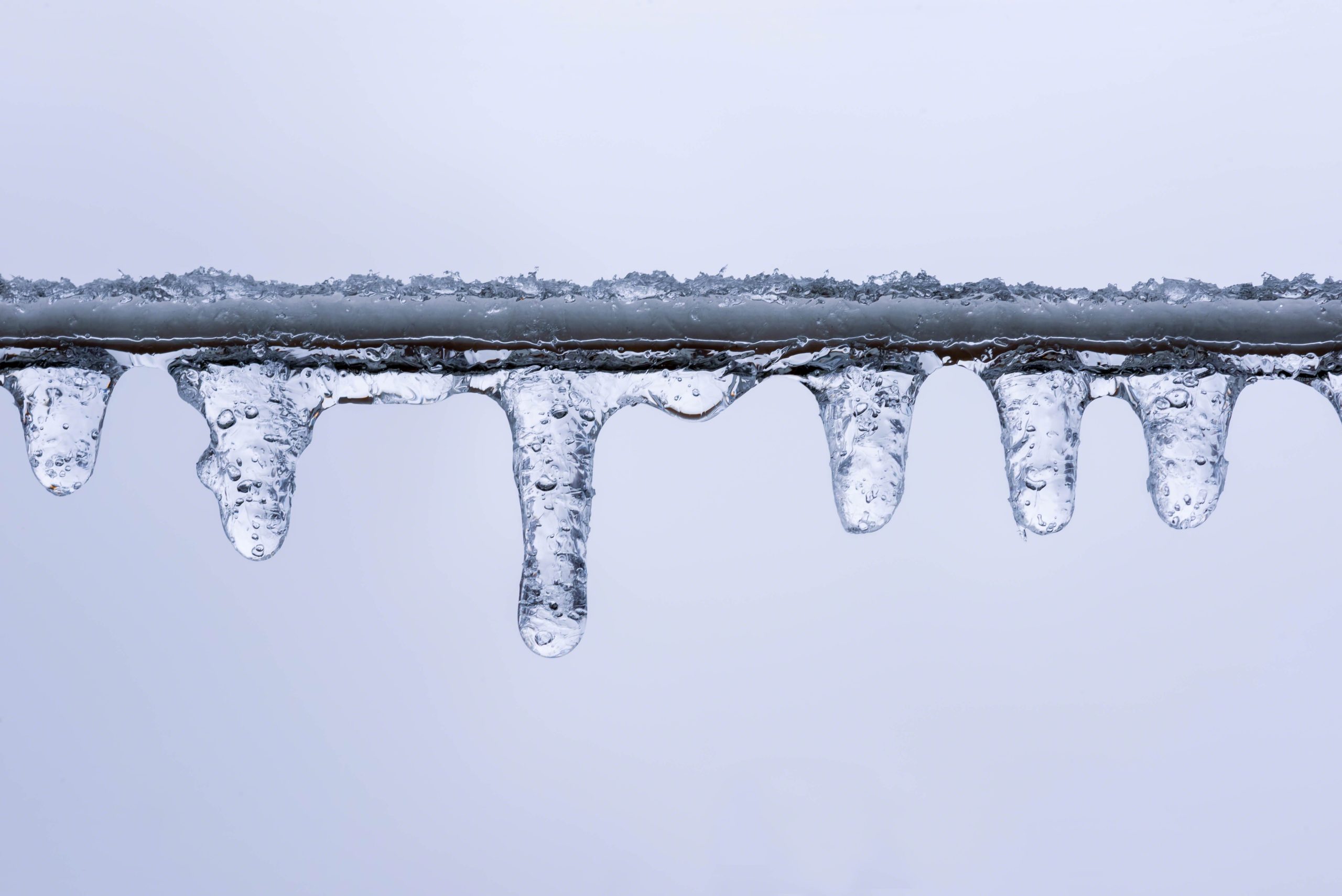As winter sets in and temperatures drop, one common issue many homeowners face is a frozen condensate pipe on their boiler. This can lead to your boiler shutting down, leaving you without heating or hot water when you need it most. The good news is that defrosting your condensate pipe is a relatively simple task you can often handle yourself. In this blog post, we’ll walk you through the steps to safely defrost your condensate pipe and get your boiler back up and running without any expense from call out fees.
What is a Condensate Pipe?
Before we dive into the defrosting process, it’s important to understand what the condensate pipe does. Modern boilers, especially condensing boilers, produce condensation as a byproduct of their efficient operation. This condensation is acidic water that needs to be safely drained away from the boiler, typically through a plastic pipe called the condensate pipe.
In cold weather, the water in this pipe can freeze, causing a blockage. When this happens, the boiler’s safety mechanism will trigger a shutdown to prevent damage, often displaying a fault code indicating the issue.
Signs Your Condensate Pipe is Frozen
Common signs that your condensate pipe might be frozen include:
– Your boiler has shut down and displays a fault code (often related to low pressure or a condensate pipe issue).
– You hear gurgling noises coming from the boiler or the condensate pipe.
– The end of the condensate pipe, usually located outside, has visible ice or feels extremely cold.

Steps to Defrost Your Condensate Pipe
1. Turn Off Your Boiler
For safety, always start by turning off your boiler before attempting to defrost the condensate pipe. This will prevent any potential issues or accidents while you work on the pipe.
2. Locate the Frozen Section
Most condensate pipes run from your boiler to an external drain. Identify where the pipe runs and locate the frozen section. This is often the part of the pipe that is outside, exposed to the cold air.
3. Prepare Warm Water
Fill a jug, kettle, or bowl with warm water. It’s crucial to use warm, not boiling, water as boiling water can damage the plastic pipe and cause it to crack.
4. Gently Pour Warm Water Over the Pipe
Slowly and carefully pour the warm water over the frozen section of the pipe. You may need to repeat this a few times to fully defrost the pipe. Be patient and ensure the water is making contact with the frozen area.
5. Use a Hot Water Bottle or Heat Wrap
If the warm water method isn’t effective, you can use a hot water bottle or a heat wrap. Place the hot water bottle or wrap around the frozen section of the pipe to gently thaw the ice. Avoid using direct heat sources like blowtorches or hairdryers as these can damage the pipe.
6. Check for Water Flow
Once you’ve applied warm water or heat, check if water starts to flow from the end of the condensate pipe. This is a sign that the ice has melted and the blockage is cleared.
7. Reset Your Boiler
After successfully defrosting the pipe, you’ll need to reset your boiler. Refer to your boiler’s manual for instructions on how to do this. Once reset, your boiler should start operating normally again.
8. Insulate the Condensate Pipe
To prevent the pipe from freezing again, consider insulating it with foam pipe insulation or lagging. This can help keep the pipe warmer and reduce the risk of future freezing.
When to Call a Professional?
While defrosting a condensate pipe is generally a straightforward task, there are times when you might need professional help:
– If you’re unable to locate or access the frozen section of the pipe.
– If the pipe remains frozen despite your efforts to thaw it.
– If you’re uncomfortable performing the defrosting process yourself.
In such cases, contact a qualified heating engineer to safely defrost the pipe and inspect your boiler for any underlying issues.
Preventative Measures
To avoid dealing with a frozen condensate pipe in the future, consider these preventative measures:
– *Insulate the Pipe*: As mentioned, insulating the external section of the condensate pipe can prevent freezing.
– *Increase Pipe Diameter*: If possible, upgrade to a larger diameter pipe to reduce the risk of freezing.
– *Re-route the Pipe*: Have a professional re-route the pipe to a less exposed location if freezing is a recurring issue.
Conclusion
A frozen condensate pipe can be a major inconvenience, especially during cold weather. By following these simple steps, you can safely and effectively defrost your condensate pipe and restore your boiler’s functionality. Regular maintenance and preventative measures can also help you avoid this problem in the future, ensuring your home stays warm and comfortable all winter long.

